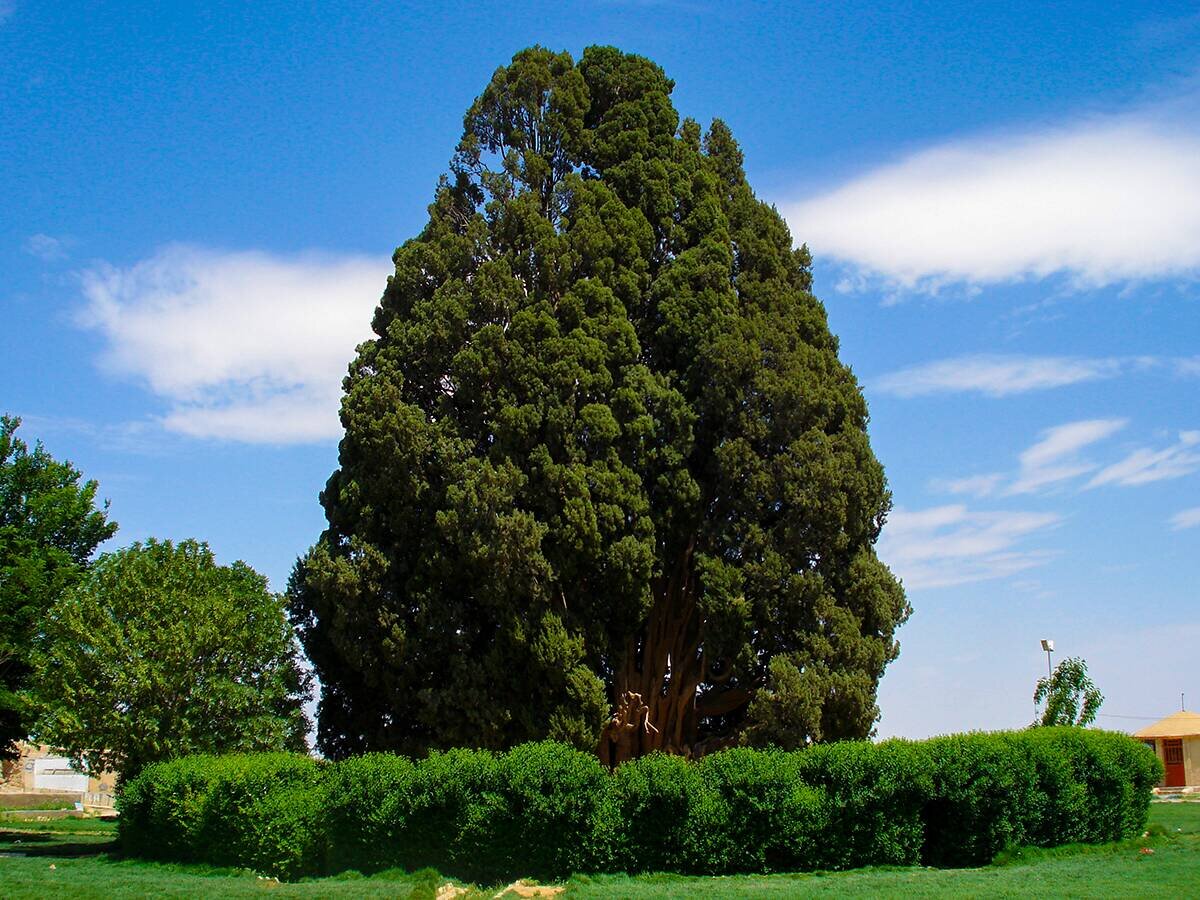Living legends: discover Iran’s fascinating trees

TEHRAN—Iran has a diverse range of long-lived trees that have endured the test of time for hundreds and even thousands of years, in addition to a rich natural heritage.
Long-lived trees are reputed to provide extraordinary travel experiences for nature lovers, history buffs, and eco-aware tourists alike.
By exploring these diverse ecosystems and engaging in responsible tourism practices, visitors may contribute to the conservation efforts and appreciate the resilience and beauty of these enduring natural wonders.
With their majestic stature and deep-rooted historical significance, long-lived trees are known as a source of genes, plants, cultures, and even history around the world, and there are countless efforts to maintain and protect them.
The quality, quantity, and variety of long-lived trees in Iran are impressive and astounding. So far, over 2000 long-lived individuals belonging to over 50 tree species have been documented across the ancient land.
Plane tree (Platanus orientalis) with 398 individuals, Juniper (Juniperus excelsa), walnut (Juglans regia), cedar (Cupressus sempervirens), and wild pistachio (Pistacia atlantica) constitute the majority of long-lived trees in Iran.
The oldest tree in Iran is the Abarkouh cedar (aka Sarv-e Abarkuh), which is thought to be 4000 years old. Sharestank, Abarsij, and Serani Juniper are thought to be 2700–2800 years old, respectively. Furthermore, it is thought that the Estand and Esfad cypress trees are 990 to 1040 years old. A legend claims that Zoroaster planted the Abarkouh cedar tree in its original location.
Among the reasons for the extraordinary age of long-lived trees are appropriate natural habitats as well as special concern paid to the high productivity of trees, particularly in historical and religious places.
Due to Iran’s climate diversity, the number, variety, and quality of its long-lived trees are rare and unique. Over the past couple of decades, many efforts have been made to introduce long-lived trees to responsible organizations such as UNESCO to enhance their protection using scientific approaches.
For millennia, many gardens in Iran have combined the wonders of nature with the aesthetic qualities of art and architecture to create an iconic symbol of heaven on Earth.
In 2011, a selection of nine Iranian gardens, bearing important architectural, traditional, and cultural elements, was jointly inscribed on the UNESCO World Heritage List under the title “The Persian Garden.”
UNESCO describes the Persian garden as an idea that combines natural elements with man-made components to realize the concept of Eden or heaven on earth.
According to the UN cultural body, the flawless design of the Persian Garden, along with its ability to respond to extreme climatic conditions, is the result of an inspired and intelligent application of different fields of knowledge, i.e. technology, water management, engineering, architecture, botany, and agriculture.
AFM
Leave a Comment